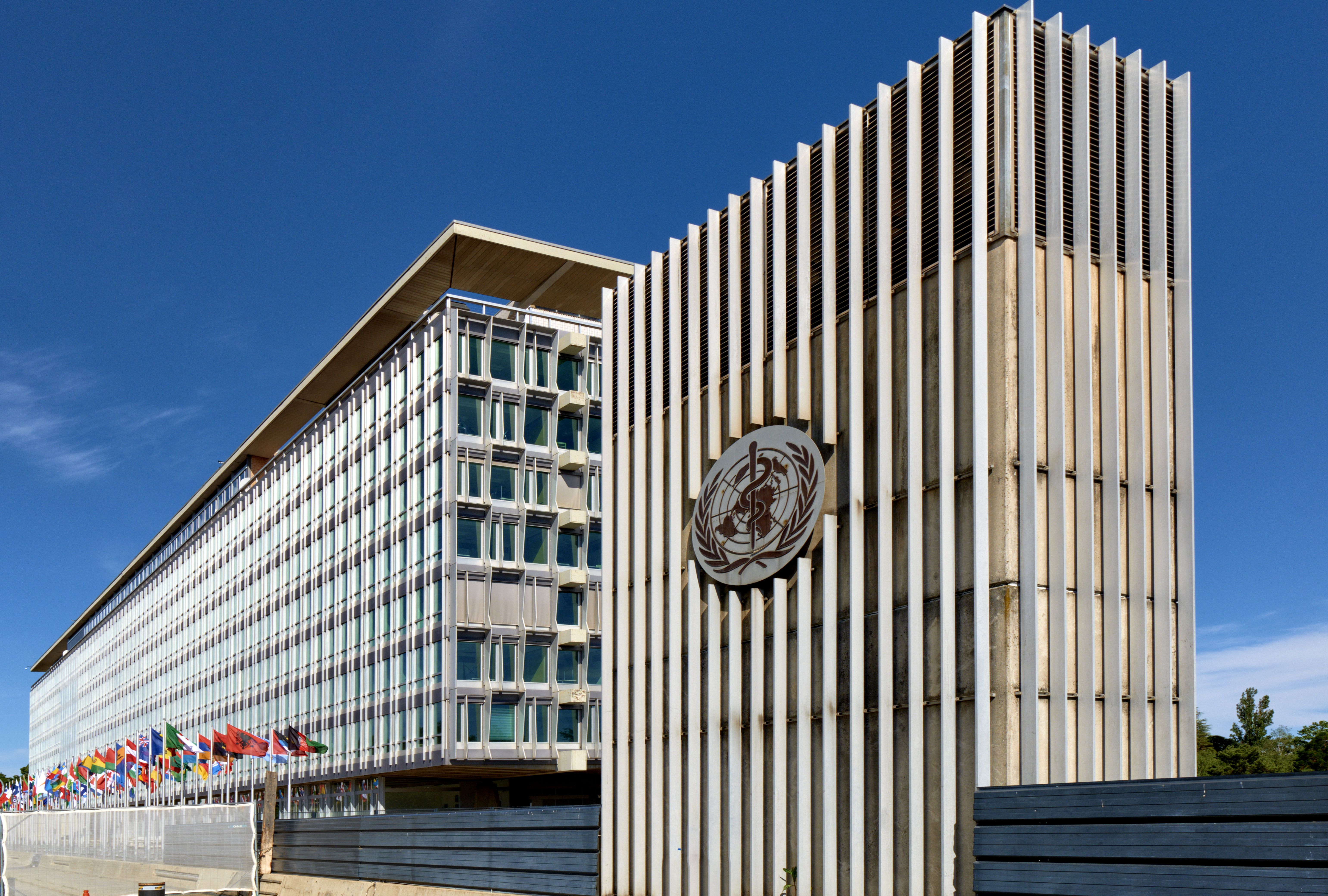Article
Latent Cytomegalovirus Affects Vaccine Response to COVID-19
Author(s):
A recent study found that a latent cytomegalovirus infection can have a negative effect on mRNA vaccine responsiveness to COVID-19 infection.
Health care workers (HCWs) had a lower vaccine response to COVID-19 infection when they had a latent cytomegalovirus (CMV) infection, according to a study published in Open Forum Infectious Diseases. Residents of nursing homes were also found to have lower vaccine response with a latent CMV infection.
COVID-19 has been found to affect the most vulnerable populations, specifically older adults and those who reside in nursing homes. Evidence shows that those who have latent herpesvirus infections could have worse outcomes from COVID-19. This study aimed to determine whether latent CMV or Epstein-Barr virus (EBV) affected vaccine antibody responses and whether there was an association with age or prior COVID-19 infection.
Blood was collected from HCWs and residents of nursing homes. The residents were given the BNT162b2 mRNA vaccine between December 2020 and February 2021 at 4 nursing homes and were vaccinated at the same time as HCWs. All HCWs and residents were sampled before their first mRNA vaccine, 2 weeks after their second dose, 6 months after their second dose, before a third dose, and 2 weeks after the third dose. Participants were considered to have a previous COVID-19 infection if they had a diagnostic polymerase chain reaction or a confirmed positive antigen test.
Immune response to the mRNA vaccine was measured with immunoglobulin G (IgG) to spike protein and the anti–receptor binding domain (RBD). Anti-CMV and anti-EBV IgG serologies in blood were measured by enzyme-linked immunosorbent assays.
The seroprevalence of CMV was 50.5% in HCWs and 62.2% in the nursing home residents; seroprevalence of EBV was 91.6% and 95.8%, respectively. More residents were men compared with HCWs. Patients who were CMV seronegative (CMV–) and seropositive (CMV+) were similar in age (48 vs 49.5 years), and there was a similar distribution of sex (54.7% vs 50% female) in HCWs. There was also a similar proportion of EBV seropositivity (86.8% vs 96.3%) and similar frequencies of COVID-19 infection (35.8% vs 37%). CMV- participants were younger than those who were CMV+ (72.5 vs 79 years).
No significant differences were found in the demographic or serological indices when HCWs and nursing home residents were stratified by EBV serostatus.
A multivariable least squares linear regression model was used to measure the differences in antibody responses between the CMV– and CMV+ participants. COVID-19–naïve HCWs had significantly reduced neutralizing antibody titers 2 weeks after vaccination compared with the CMV– study participants. Neutralizing antibody titers were similar for those who had previously been infected 2 weeks after their primary series. Neutralizing antibody titers between CMV- and CMV+ HCWs was found to be similar 2 weeks after the booster dose.
All COVID-19–naïve nursing home residents had reduced neutralizing antibody titers compared with HCWs, before vaccination and 2 weeks and 6 months after vaccination. These differences were not found in those who had experienced COVID-19 in either the nursing home residents group or in the HCWs group. Reduced neutralizing antinbody titers 6 months after the primary vaccine was associated with CMV seropositivity in those who were COVID-19–naïve nursing home residents. There was also a significant reduction in anti–spike antibody titers and anti-RBD titers in CMV+ HCWs who were COVID-19 naïve vs with titers in CMV– HCWs 2 weeks after primary vaccination.
There was a significant increase in anti–spike antibody titers in those who had COVID-19 and were CMV+ HCWs compared with CMV– donors. There was no different in anti–spike or anti–RBD antibody titers between CMV+ and CMV– status after the primary vaccination series. Researchers also found that CMV+ COVID-19–naïve HCWs had reduced antibody titers against the Omicron variant before their third dose but otherwise found no significant differences.
Limitations on these stud findings include that the sample size was small, which didn’t allow for testing of the association of EBV serostatus with vaccine efficacy, and all subjects are not represented at each time point. The nursing home residents also were disproportionally men., and lethal infection may have caused selection bias in the residents who had had COVID-19.
The researchers concluded that latent CMV infection had an adverse effect on the responsiveness of the BNT162b2 mRNA vaccine to COVID-19.
Reference
Freeman ML, Oyebanji OA, Moisi D, et al. Association of cytomegalovirus serostatus with acute respiratory syndrome coronavirus 2 vaccine responsiveness in nursing home residents and healthcare workers. Open Forum Infect Dis. Published online February 4, 2023. doi:10.1093/ofid/ofad063





